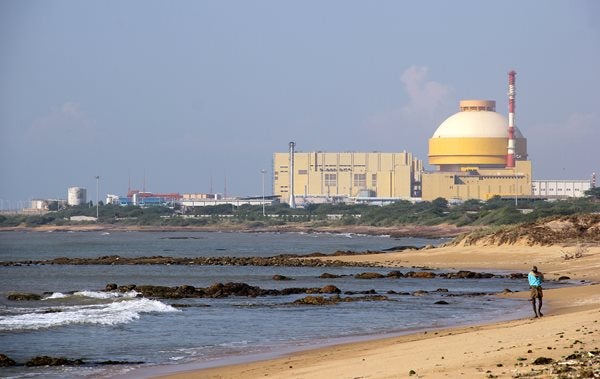
The US and India will build six nuclear power plants in the latter country in a bid to strengthen bilateral security and civil nuclear cooperation, both nations said in a joint statement on 14 March.
The decision was reached after two days of talks led by Indian Foreign Secretary Vijay Gokhale and US undersecretary for state arms control and international security Andrea Thompson.
No specifics on the capacity or location within India of the nuclear power plants were given.
“The two sides exchanged views on a wide range of global security and non-proliferation challenges and reaffirmed their commitment to work together to prevent the proliferation of weapons of mass destruction and their delivery systems and to deny access to such weapons by terrorists and non-state actors,” read the joint statement.
“They committed to strengthen bilateral security and civil nuclear cooperation, including the establishment of six US nuclear power plants in India.
“The US reaffirmed its strong support of India’s early membership in the Nuclear Suppliers Group.”
US and India combine to boost nuclear power capacity
The new agreement between the US and India will see the latter’s nuclear capacity boosted.
Due to its exclusion from the Nuclear Non-Proliferation Treaty, the country’s efforts to build nuclear energy were severely compromised until 2009 when it became able to freely trade in nuclear materials for the first time in 34 years.
To date, nuclear power remains only a small portion of India’s energy mix, accounting for just 2.6% of its power generation in 2016, while 75% came from coal, 9% from hydro, 5% from natural gas and 4% from solar.
The country is aiming to change this, however, with targets to triple its nuclear capacity by 2024 as it attempts to gradually phase out its use of fossil fuels.
Just last year, construction began on six reactors with a combined capacity of 4.4 gigawatts (GW).
The US, meanwhile, has been steadily growing its nuclear capacity since the 1990s, with it accounting for 20% of the country’s energy mix in 2017 – though removing the waste it produces remains an issue.






